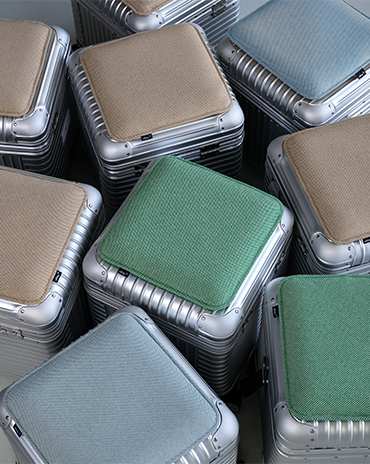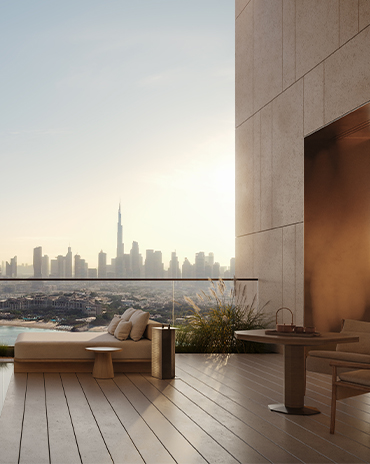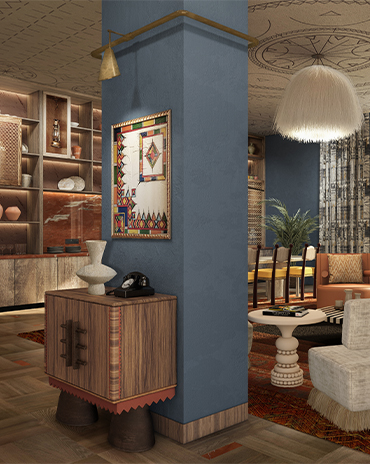Copyright © 2025 Motivate Media Group. All rights reserved.
Mango House in Seychelles designed by Dubai-based JT&Partners pays homage to its original architecture
The property is also a tribute to the legendary photographer Gian Paolo Barbieri
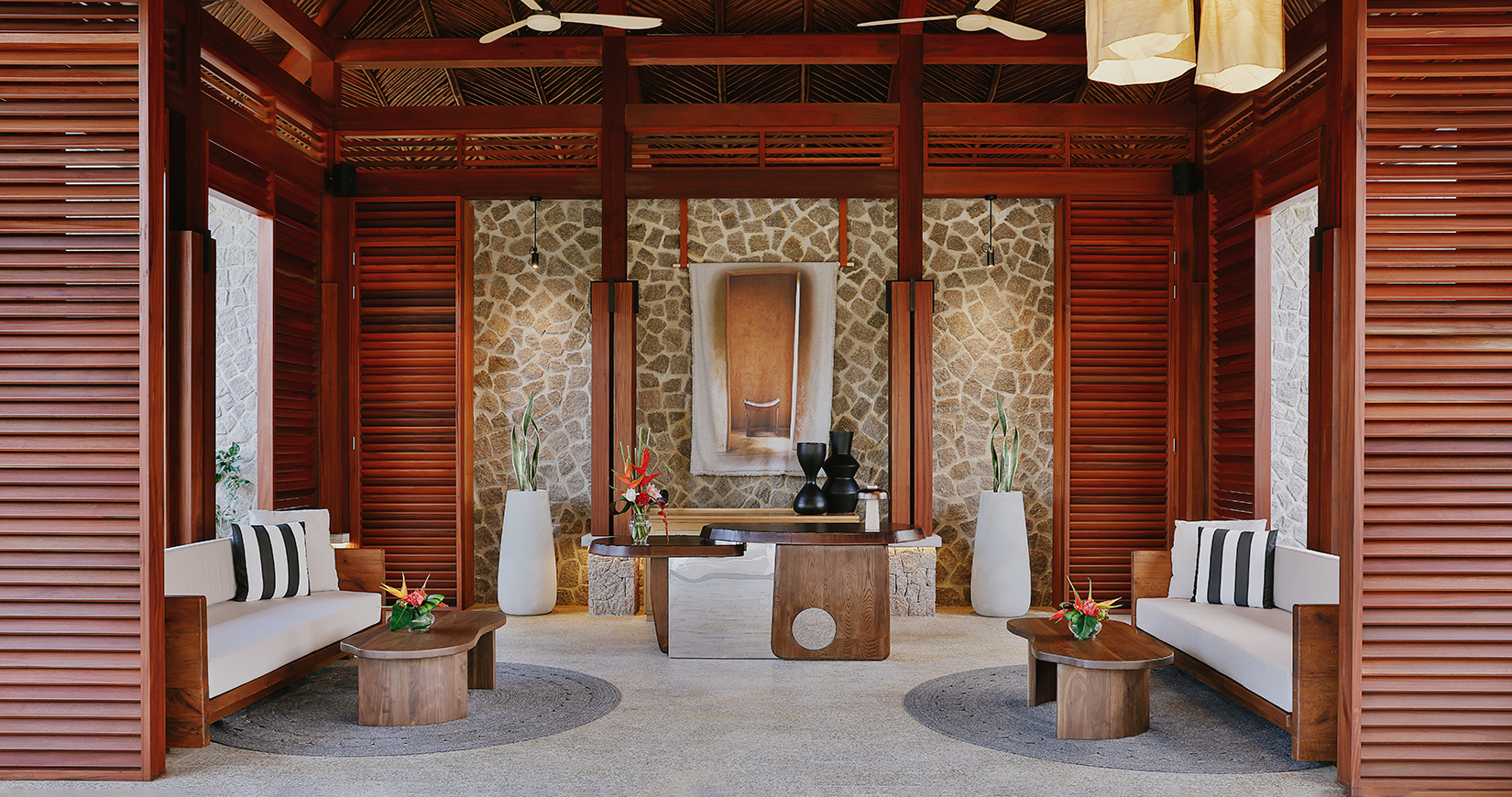
“In Seychelles, you cannot build a structure taller than a coconut tree,” says Seychellois artist Nigel Henri as he leisurely drives across the curving two-lane roads of Mahé, the main island in Seychelles – an archipelago of 115 islands in the Indian Ocean, just off East Africa.
Low-rise colonial mansions and Creole architecture (characterised by large double doors and windows, high-pitched roofs for natural light and ventilation, and large verandas with wooden balustrades) dominate the island – and both are being rehabilitated by the State to become civic buildings, restaurants, luxury stores and boutique hotels.
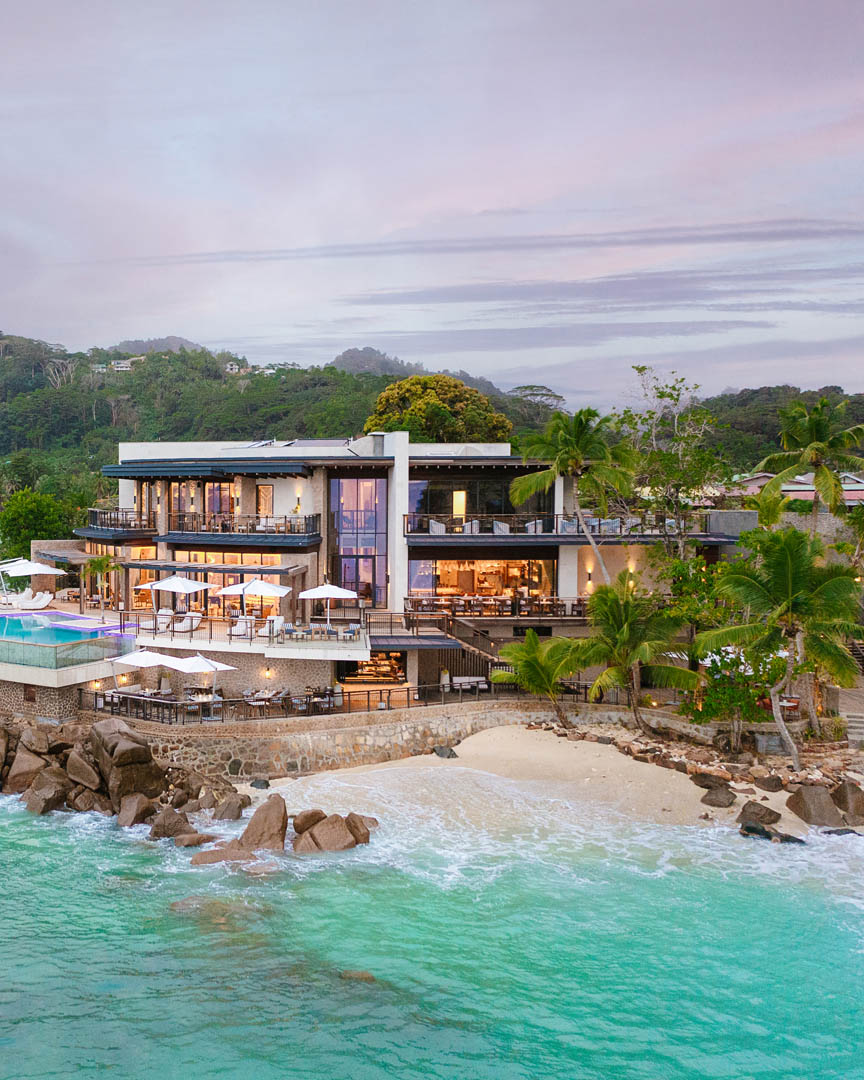
Mango House Seychelles, on the other hand, is a different story. Located on the south-west of Mahé, the newest island retreat by LXR Hotels & Resorts – Hilton’s collection of independent luxury properties – is an intimate and exclusive resort built on the site of the former home of renowned fashion photographer Gian Paolo Barbieri, who throughout his illustrious career worked with celebrities like Sophia Loren and Audrey Hepburn and fashion houses such as Versace, Yves Saint Laurent and Armani.

The original Mango House was built as a family dwelling; and its name is inspired by the 150-year-old white mango tree that bore fruit in Barbieri’s kitchen’s garden, one of the oldest on the island. The tree was preserved and remains a prominent feature of the hotel, set at the centre of the property which opens out onto the blue sea of the Anse aux Poules Bleues.
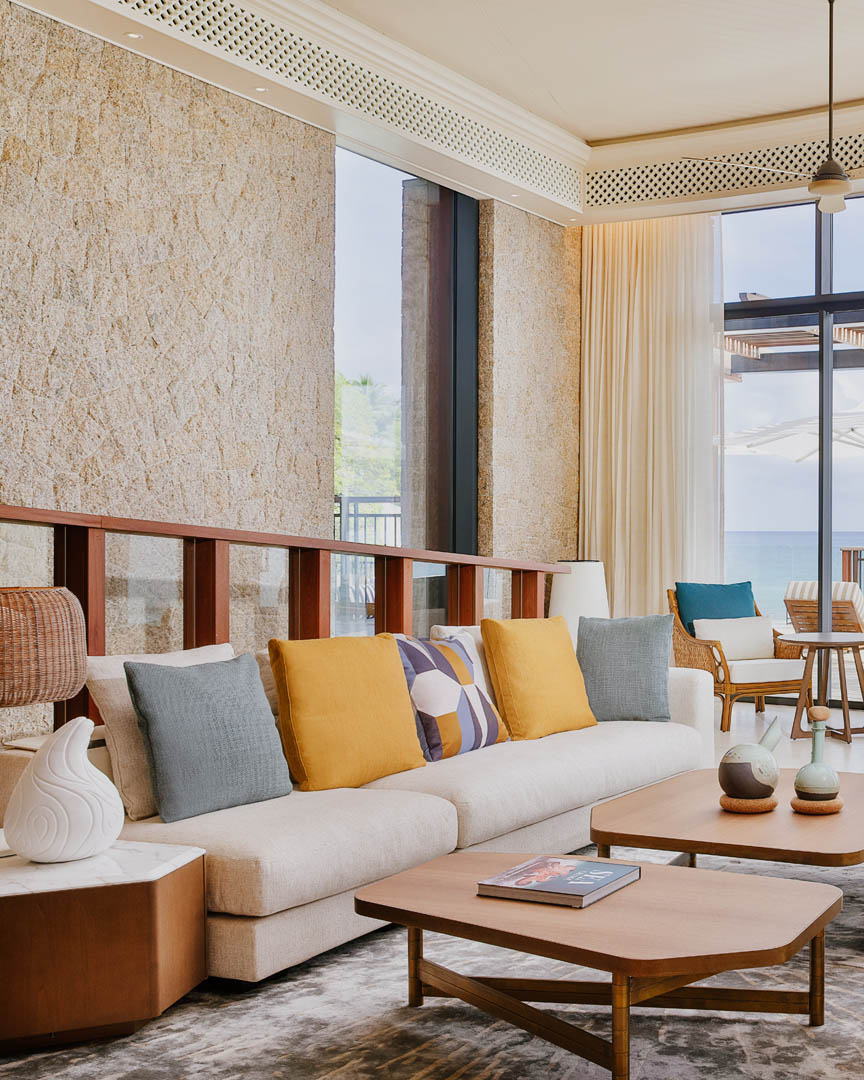
Celebrating Seychellois style and culture is at the heart of the property, from the interiors to its culinary and wellness offerings. All 41 guest rooms, suites and villas of Mango House also provide serene ocean views bound by lush greenery, and are adorned with natural décor echoing the rugged beauty of Seychelles – which became the main source of inspiration for the hotel’s architectural design.
The structure of the resort was constructed to mirror the curvature of the coast, whereby the distribution of rooms, suites and villas along the bay’s edge offers each residence an expansive view of the ocean.
From the initial stages of the design, JT+ Partners – who were commissioned to design the property – set a goal to preserve the existing nature by building around it.
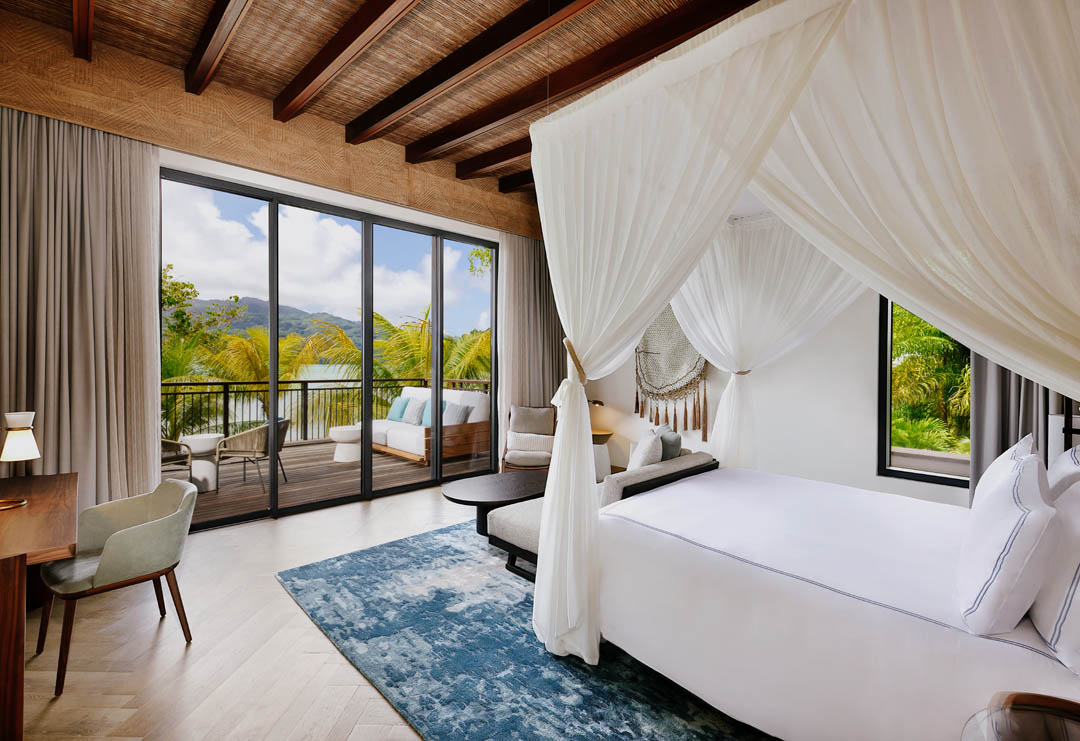
Despite efforts to preserve the original home of the artist – “a beautiful orange house with no windows and only a few openings and a shower that opened up the sky” – the architects quicky realised that the existing structure was, in fact, damaged by rising sea levels, which led to its eventual demolition. In its place is what the hotel dubs the ‘main house’ – a newly built structure facing the bay which recreates many of the elements and experiences that existed in the original building.
“In Seychelles, if you have an existing structure on your plot which is very old, you have the right to demolish it, and build on top of it,” explains founder and lead architect, Joe Tabet. For this reason, the hotel’s main building is positioned in precisely the same location as the former residence, situated directly on the edge of a cliff.
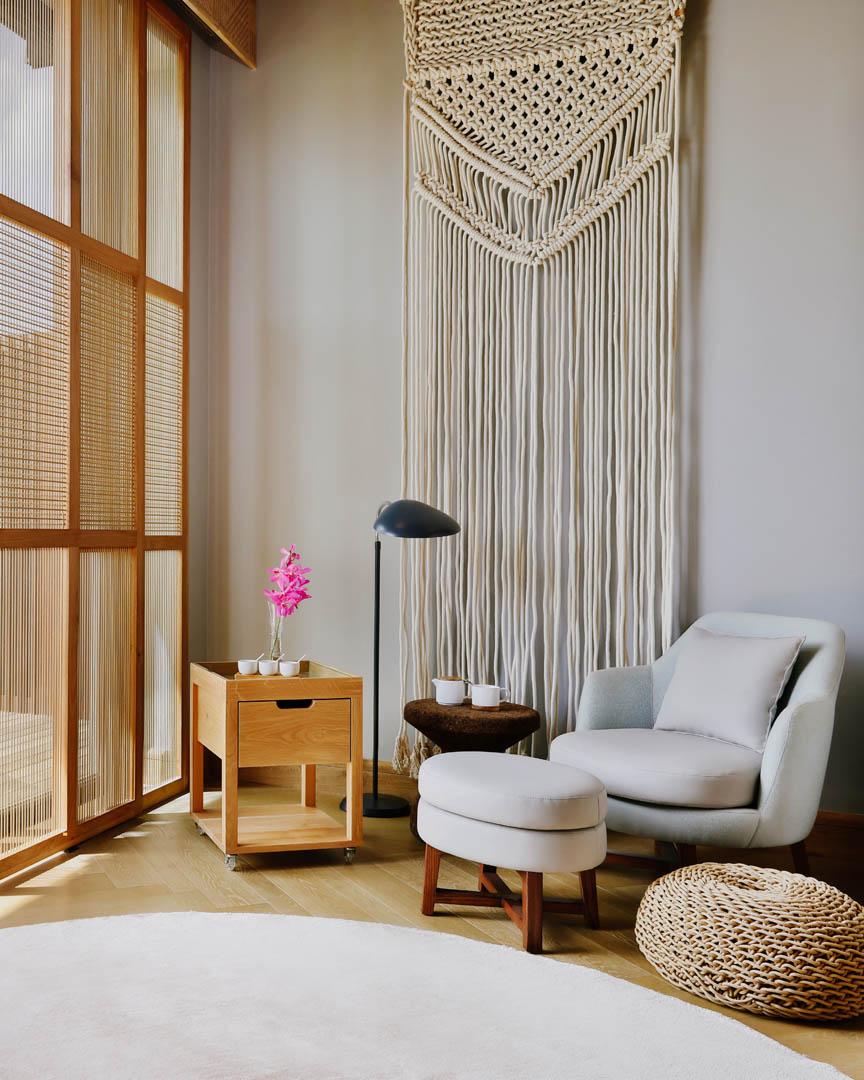
“The owner of the house used to have a specific view from his window, and we managed to keep the same experience in the lobby,” Tabet continues. “Sometimes you are not able to keep the same structure, but what is more important is what will remain forever – the experience of the place.”
In addition to the local granite which has been locally sourced, other materials from the island include Nalau wood used for structural elements, the off-white stucco wall texture finish on the façade and the grano wash used for the pathways, all highlighting local textures commonly found across the island.
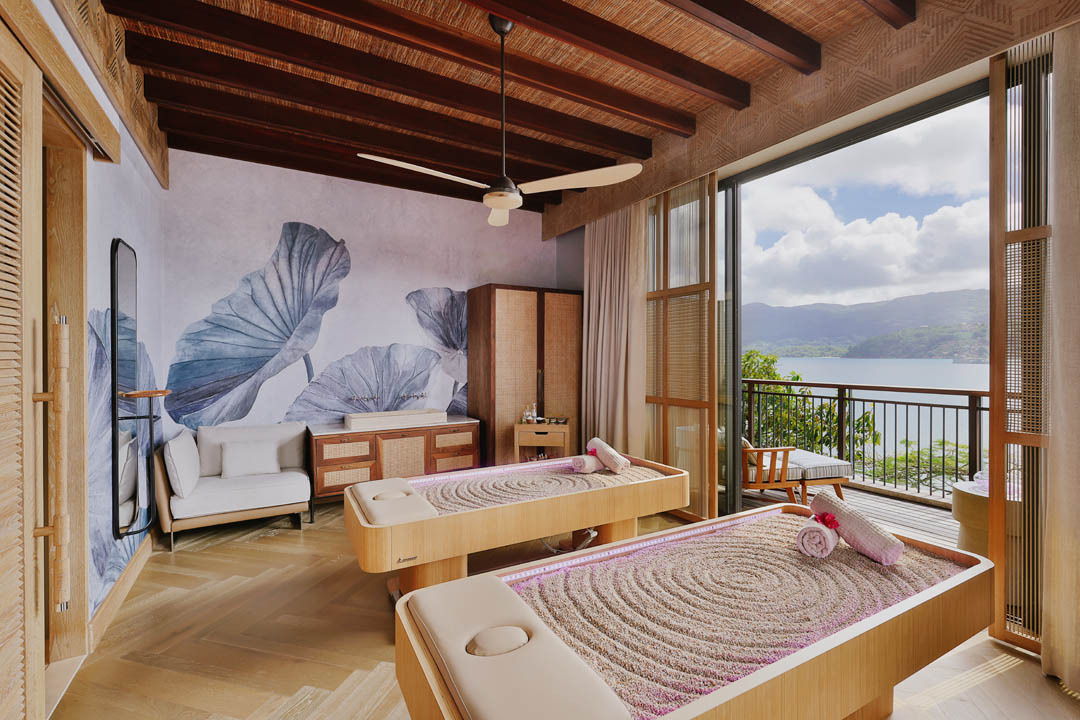
Prized furniture pieces dating from the original resort, which are visible in some of the archive photographs of the original interior, have been interspersed within the public areas of the hotel such as the drawing room and Muse restaurant. The front doors of the original house have also been preserved and transformed into sculptural artwork reminiscent of the island’s rich heritage and culture. The artwork throughout the property also tells the story of Mango House, a natural showcase of Barbieri’s creative spirit and the scenic surroundings of the property.
The interiors, designed by dsgnTM, have been conceptualised to provide guests a sense of home and use tactile, natural and earthy materials such as light-coloured timber and beige parquet flooring in the guest rooms, and lightly hued stone from Lebanon in the bathrooms. In the arrival pavilion, guests can look up to find Bwason natural wood sticks that recreate the ceilings of the original house. Preserved handmade furniture with sleek wooden finishing is coupled with muted beige tones, creating a contemporary but comfortable feel that is deeply connected to the local culture and colours of Seychelles.
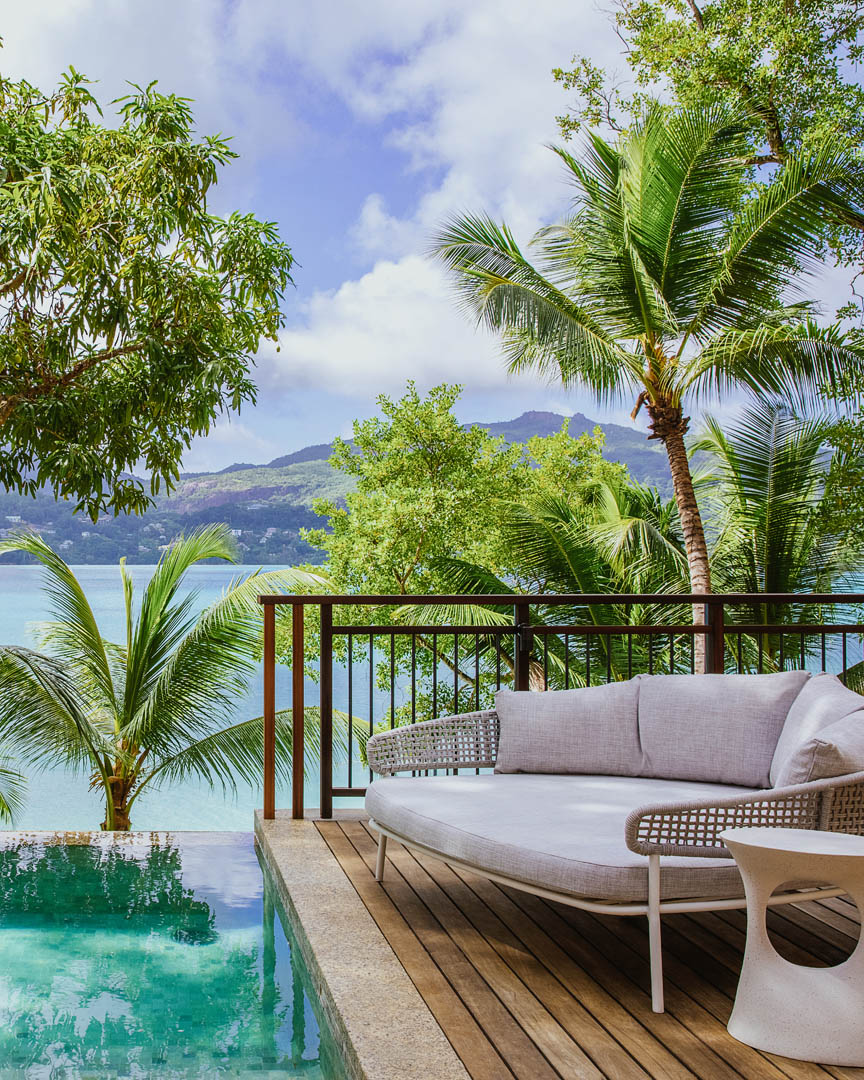
“One of the things we’re passionate about at Mango House is supporting local artisans, especially those who make sustainability a priority,” says Andre Borg, area general manager, Seychelles at Hilton.
Collaborations with local artists are part of the hotel’s branding experience, seeping into the stylish uniforms of the staff and making appearances in the smallest of details such as the silkscreens on the bathroom robes and scarves that are tied around the chic wicker hats offered to guests. These were designed by Seychelles-born artist Alyssa Adams in her signature watercolours.
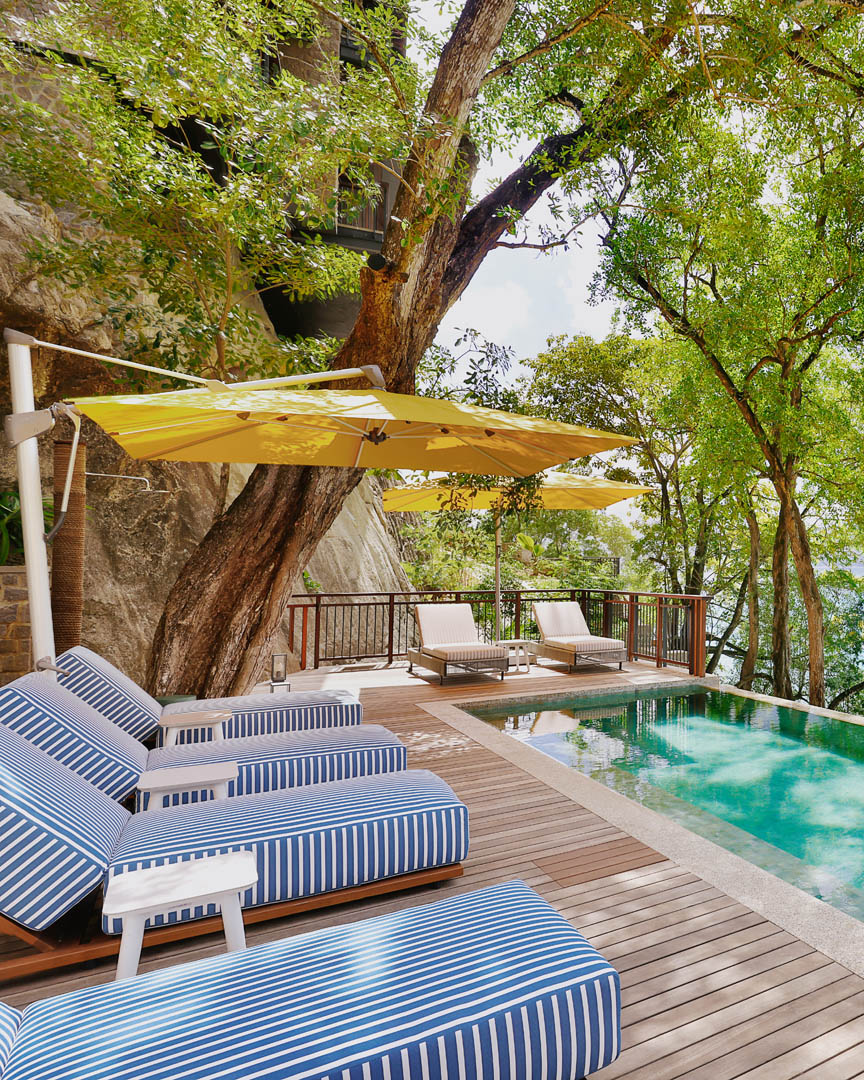
“[At Mango House], culture, art and nature mirror the location and traditions of the Southern lifestyle [of Seychelles] and [its] folklore stories, paying homage to its rich history,” Borg shares. “We are adamant about working with artists who have grown up on the island, who are passionate about its culture and traditions, and who can emulate it in all forms of their artistic expression.”
The Latest
Designing Movement
RIMOWA’s signature grooved aluminium meets Vitra’s refined design sensibilities
A Sense of Sanctuary
We interview Tanuj Goenka, Director of Kerry Hill Architects (KHA) on the development of the latest Aman Residences in Dubai
Elevated Design
In the heart of Saudi Arabia’s Aseer region, DLR Group has redefined hospitality through bold architecture, regional resonance and a contemporary lens on culture at Hilton The Point
Turkish furniture house BYKEPI opens its first flagship in Dubai
Located in the Art of Living, the new BYKEPI store adds to the brand's international expansion.
Yla launches Audace – where metal transforms into sculptural elegance
The UAE-based luxury furniture atelier reimagines the role of metal in interior design through its inaugural collection.
Step inside Al Huzaifa Design Studio’s latest project
The studio has announced the completion of a bespoke holiday villa project in Fujairah.
Soulful Sanctuary
We take you inside a British design duo’s Tulum vacation home
A Sculptural Ode to the Sea
Designed by Killa Design, this bold architectural statement captures the spirit of superyachts and sustainability, and the evolution of Dubai’s coastline
Elevate Your Reading Space
Assouline’s new objects and home fragrances collection are an ideal complement to your reading rituals
All Aboard
What it will be like aboard the world’s largest residential yacht, the ULYSSIA?
Inside The Charleston
A tribute to Galle Fort’s complex heritage, The Charleston blends Art Deco elegance with Sri Lankan artistry and Bawa-infused modernism
Design Take: Buddha Bar
We unveil the story behind the iconic design of the much-loved Buddha Bar in Grosvenor House.





